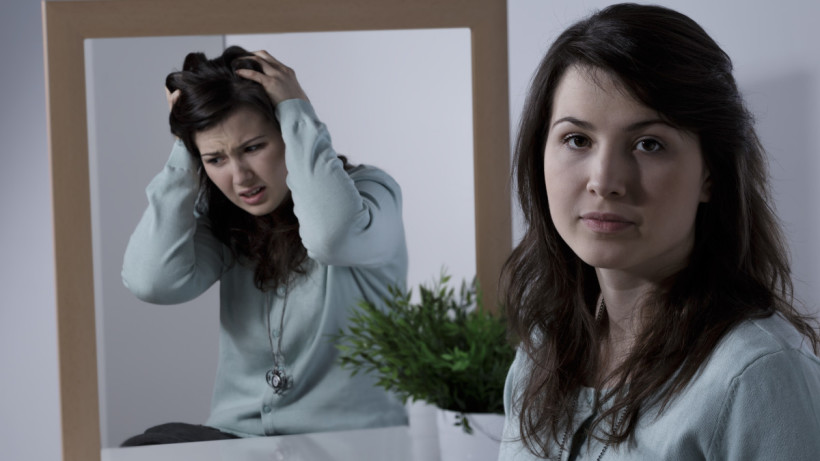
Body Dysmorphic Disorder
There are many challenges that fit within the broad spectrum of Anxiety Disorders, but one of the most ingrained and stubborn challenges is Body Dysmorphic Disorder. In summary this disorder is where a person believes, feels and sees, one or more major flaws, in their facial or bodily appearance. This is never about a real problem, scar or flaw that one or more other people can see. It is always about a totally wrongly perceived scar, defect and flaw or attribute that others cannot see, because it’s not really there at all. Some examples below are:
- Very large nose
- Very large ears
- Very high hair line
- Very low hairline
- Chubby Cheeks
- Slim cheeks
- Large spots or moles
- High/Low eyebrows
- Wrong colour eyes
- Large/small chin
- Large open nostrils
- Skin too light/too dark
- Large/small hands
- Large/small legs
- Large/small arms
- Large/small chest
The list can go on and on……… But remember these are all totally false perceptions/visuals and not real to others.
Body Dysmorphic Disorder (BDD) is never just about general low confidence or just body-image anxiety. Instead it is a very serious and very disabling disorder, often stopping people going to school, college/university, socialising or work. No amount of telling the person they look good, fine, gorgeous, beautiful or perfect, will alter their very stubborn, ingrained, immovable perceptions, thoughts, feelings, beliefs or avoidance behaviours. What is most surprising if that most teenagers or adults with Body Dysmorphic Disorder (BDD) are actually attractive or very attractive
Who is affected?
Approximately, 1 in every 100 people within the UK are likely to have Body Dysmorphic Disorder (BDD), but this is likely to be in reality at least, double this amount, due to BDD adolescents and adults hiding it very well from others. Although it can affect any age group it mainly starts from about age 11 up to 19, when young people are most highly sensitive about their face, hair and body. During and after this initial age group, they make lots of excuses to avoid socialising or people at work, as much as possible.
Attempts to avoid being seen
People with BDD felt more safe and relaxed when COVID-19 was a challenge. This was because they could wear masks, work from home or minimise contact with others. Girls and women will spend a long time applying cover-stick or other makeup to try to camouflage a non-existent blemish, scar or perceived flaw. Girls or women might ear long dresses or trousers or jeans. Girls or women might play up or exaggerate their eye make-up or lipstick, to distract observers away from their perceived unreal flaw or defect. Men might grow a beard or grow long hair or wear glasses. Some people might get body or face tattoos to try to hide, camouflage or distract others from seeing the unreal, perceived fault, scar, defect or flaw.
Therapy methods, objectives and successes
We here use a dynamic full integration of three methods, the first and second methods being: CBT (Cognitive Behavioural Therapy) and Clinical Hypnotherapy, to change thoughts, feelings, behaviours. The third method Psychotherapy (Psychodynamic), to identify and locate early first Root Cause(s) then later Triggers, leading to present symptoms of anxiety, panic, fear and phobia. To simplify, we support the client through a step-by-step process of Graduated Exposure. This helps the client slowly and safely realise their flaws or defects are not real and therefore nobody notices or sees anything. Our aim and objectives are to slowly and carefully empower the client to increase their time in public, e.g. shopping, public transport, leisure, socialising, library, school, college, university, gym, etc. This helps the client to gradually increase their confidence and self-esteem. After building up the client’s initial confidence and reducing the initial anxiety, we often start by going with the client to our local Co-op, Aldi or Asda store. Gradually the client realises that nobody is startled or surprised or stares, they totally ignore the person who initially was too scared to be seen. If excessive make-up or any distractions or camouflages were used, clients are supported by us to reduce it in steps.